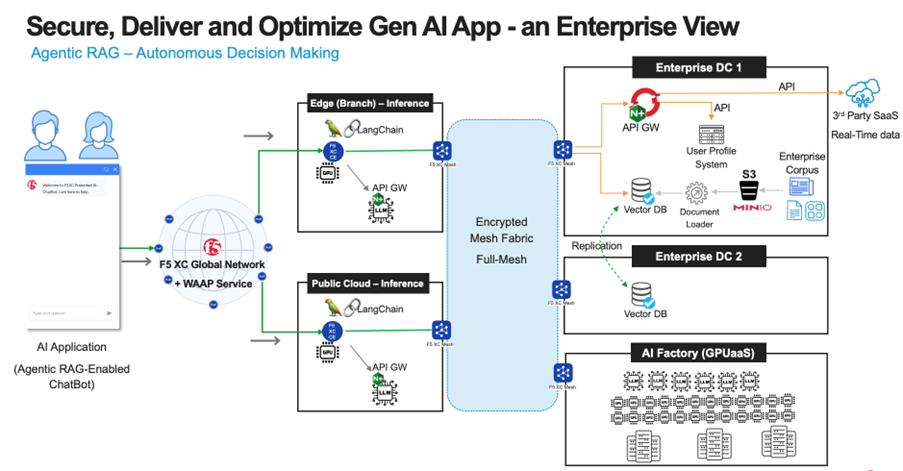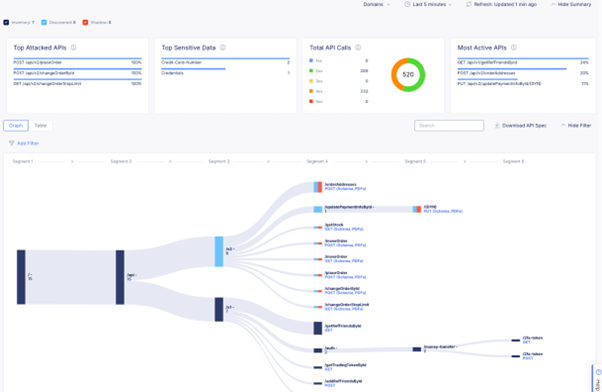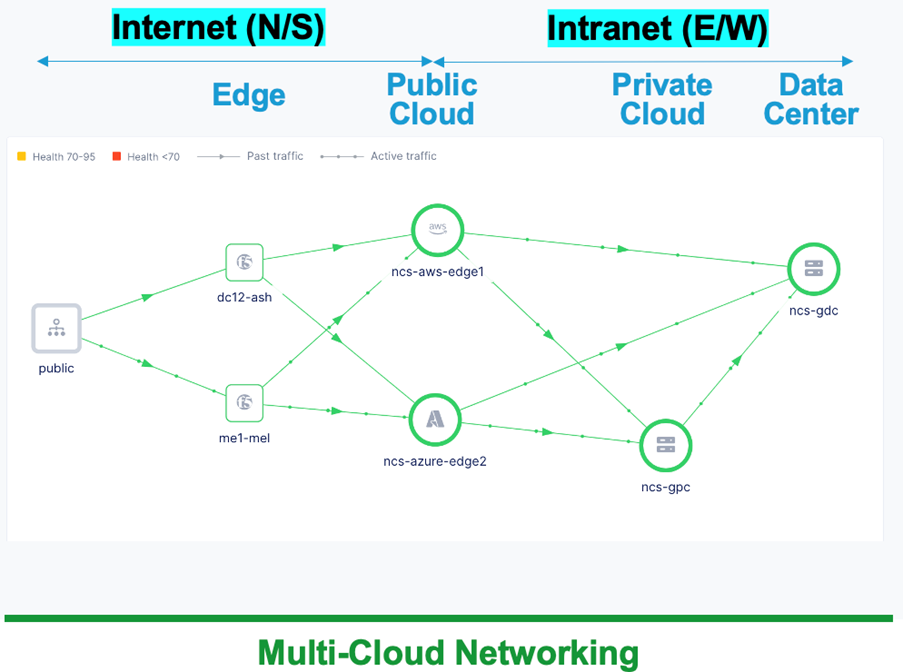GPU サービス: ASEAN における AI 成長の触媒、機会、課題
人工知能(AI)が進歩するにつれて、高性能ハードウェアの需要が急増しています。 組織は、複雑な AI モデルとワークロードを実行するために必要なコンピューティング能力に追いつくことがますます困難になっていることに気づいています。 ここで、GPU as a Service (GPUaaS) が登場します。
GPUaaS は、クラウド経由で強力なグラフィック プロセッシング ユニット (GPU) へのオンデマンド アクセスを提供することで、企業が AI インフラストラクチャに取り組む方法を変革します。 高価なハードウェア投資の必要性がなくなり、シームレスなスケーリングが可能になり、既存のクラウド サービスとスムーズに統合され、運用が簡素化されます。 しかし、GPUaaS は具体的にどのように機能するのでしょうか。また、なぜ AI 主導の組織にとって頼りになるソリューションになりつつあるのでしょうか。
ASEANにおけるAIの可能性を解き放つ
東南アジア諸国連合 (ASEAN) では、特定の地域課題に対処するために参入するプレーヤーが増えるにつれて、GPUaaS 市場が拡大しています。 この成長を推進する重要な要因の 1 つは言語です。 オープンソースの大規模言語モデル (LLM) は主に英語でトレーニングされており、文化的なニュアンスが豊富なローカル言語では苦労することがよくあります。 そのため、組織は、母国語でより正確で関連性の高い応答を確実に提供するために、ローカル データを使用してこれらのモデルを再トレーニングまたは微調整する必要があります。
同時に、GPUaaS を使用する利点がその採用を促進しています。 スケーラビリティにより、ユーザーはプロジェクトのニーズに応じて GPU リソースを簡単に調整できます。 弾力性により、従量課金モデルを通じて、組織は使用した分だけ支払うことで全体的な経費を削減できます。 GPUaaS は最先端のテクノロジーにすぐにアクセスできるため、迅速なプロトタイピングと展開が可能になり、柔軟性が向上し、市場投入までの時間が短縮されます。
もう一つの重要な考慮事項は、データの重力、居住地、および主権です。 データ グラビティとは、パフォーマンスと効率を向上させるために、データがアプリケーションやサービスをその場所に引き寄せる傾向を指します。 多くの場合、居住地および主権の規制により、データは特定の場所に保存される必要があり、つまり GPUaaS プロバイダーはユーザー ベースの近くに配置する必要があります。 独自のインフラストラクチャ、データ、リソースを使用して AI を開発する国家の能力を重視するソブリン AI も、ローカライズされた GPUaaS の需要を形成する上で重要な役割を果たします。
最後に、ASEAN のクラウド サービス プロバイダー (CSP) では、GPUaaS の導入に際して、コストと GPU の供給制限が考慮される要因となっています。 最近のDell レポートによると、オンプレミスの AI 導入では、CSP ベースのソリューションと比較して最大 75% のコスト削減が実現できます。 GPUaaS はコスト効率の高い代替手段を提供し、組織が多額のハードウェアに先行投資することなく高性能 GPU にアクセスできるようにするため、この地域で AI 機能を拡大したいと考えている企業にとって魅力的な選択肢となります。
GPUaaSのメリットとリスクのバランス
GPUaaS の利点は、その広範な導入を促進する一方で、独自の懸念ももたらします。 重要な問題の 1 つはデータ セキュリティです。GPU との間で送受信されるデータは、傍受や不正アクセスに対して脆弱になる可能性があるためです。 さらに、リモート GPU でデータを処理するには、さまざまなデータ保護規制やコンプライアンス要件に対応する必要がある場合があります。 もう 1 つの懸念はパフォーマンスです。インターネットやプライベート接続への依存と、変動する GPU パフォーマンスが、アプリケーションの速度と応答性に影響を与える可能性があります。 GPUaaS は安定した高速接続に依存しており、最適なパフォーマンスを得るためにパブリック インターネットよりもプライベート ネットワークが優先されることが多いです。
F5 はどのように役立ちますか?
F5 は、GPUaaS プロバイダーを含むパブリック クラウドとプライベート クラウド向けに、革新的なマルチクラウド SaaS ベースのネットワーキング、トラフィック最適化、セキュリティ サービスを単一のコンソールから提供します。
あらゆるネットワーク上に暗号化されたメッシュ ファブリック オーバーレイを形成することで、組織は AI 推論、埋め込み、またはトレーニングのために GPUaaS プロバイダー (AI ファクトリー) に接続できます。 完全なネットワークとアプリケーションのセグメンテーションにより、すべてのオーバーレイ接続はプライベートかつ安全になり、既存のネットワーク アンダーレイ上に構築されます。 さらに、F5 の暗号化メッシュ ファブリックは、健全な AI コンポーネントへのトラフィックを動的に監視、検出、最適化、配信することでデジタル回復力の課題に対処し、AI アプリケーションが常に稼働し、利用可能であることを保証します。
以下は、GPUaaS プロバイダーの AI ファクトリーを活用した LLM 検索拡張生成 (RAG) の展開の例です。 データは暗号化されたセキュア メッシュを介して安全に転送されるため、転送中のデータについて心配する必要はありません。また、GPUaaS プロバイダーにはデータが保存されることもありません。 組織の保存されているコーパス データは、変更されることなく元の場所に残ります。 このアーキテクチャにより、エッジ(パブリック クラウドやブランチ オフィス)のレイテンシに敏感なアプリケーションに対して AI 推論を実行することも可能になります。
AI アプリケーション (エージェント RAG 対応チャットボットなど) がインターネットからアクセス可能になっている場合は、AI アプリケーションをサイバー攻撃から保護するために、クラウド ネットワーク ベースの Web アプリおよび API 保護 (WAAP) サービスを検討することが重要です。

単一の管理コンソールを備えたプラットフォームを活用することで、暗号化されたメッシュ ファブリック全体にわたって南北および東西を通過する API を含むすべてのトラフィックのコンプライアンス、可観測性、および制御が可能になります。

さらに、本質的に複雑で異機種混在のマルチクラウド インフラストラクチャを管理するには、パブリック インターネットおよびプライベート暗号化メッシュ上のトラフィックを NetOps チームと SecOps チームが監視および制御できる必要があります。

もっと詳しく知りたいですか?
AI の導入が加速するにつれ、長期的な成功を確実にするために AI システムに回復力を組み込むことが重要になります。 GPUaaS はスケーラブルで効率的なソリューションを提供しますが、組織はデータ セキュリティ、パフォーマンスの変動、規制遵守などの課題に対処する必要があります。 これらの懸念に対処し、GPUaaS の柔軟性を活用することで、企業は AI 主導のワークロードの増大する需要に適切に対応できるようになります。
AI レジリエンスが組織にどのような力をもたらすかを検討したい場合は、10 月 15 日から 17 日までサンズ エクスポ & コンベンション センターで開催されるGovWare カンファレンスのブース P06 にぜひお立ち寄りください。そこでは、これらのトレンドとソリューションについてさらに詳しく説明します。
